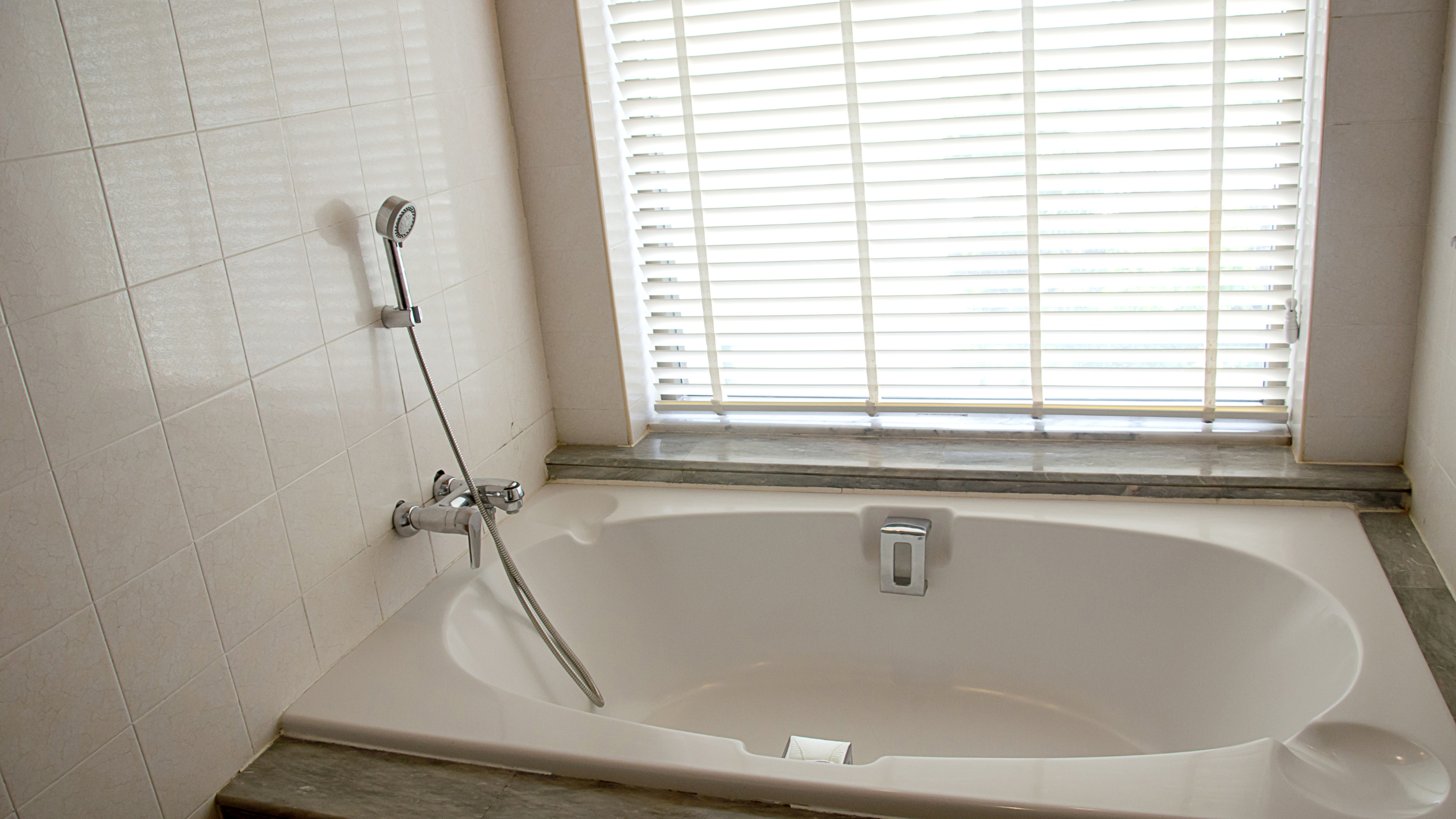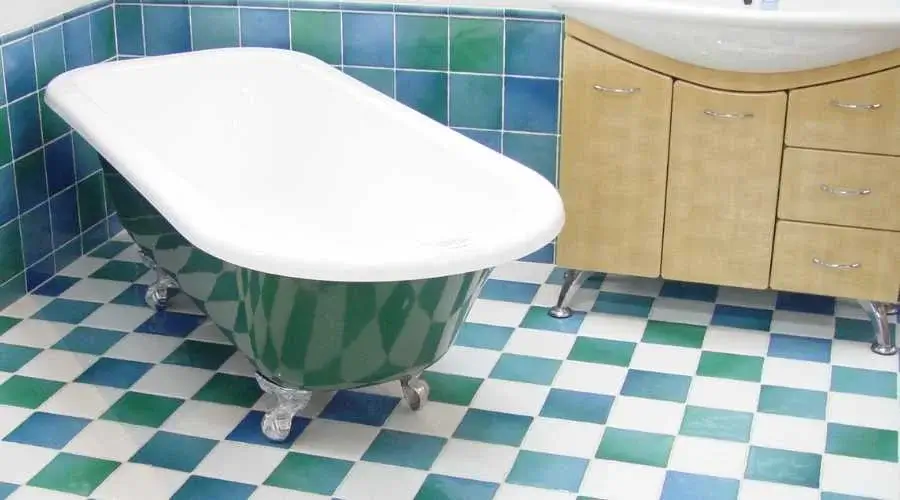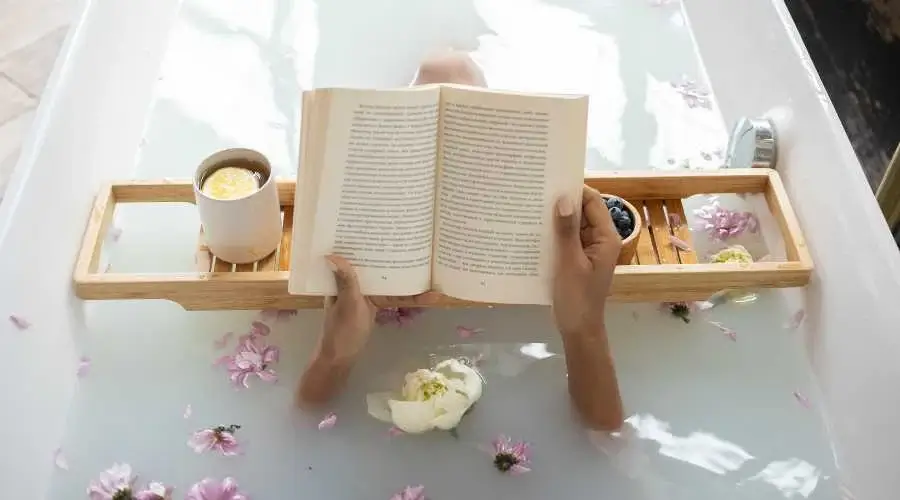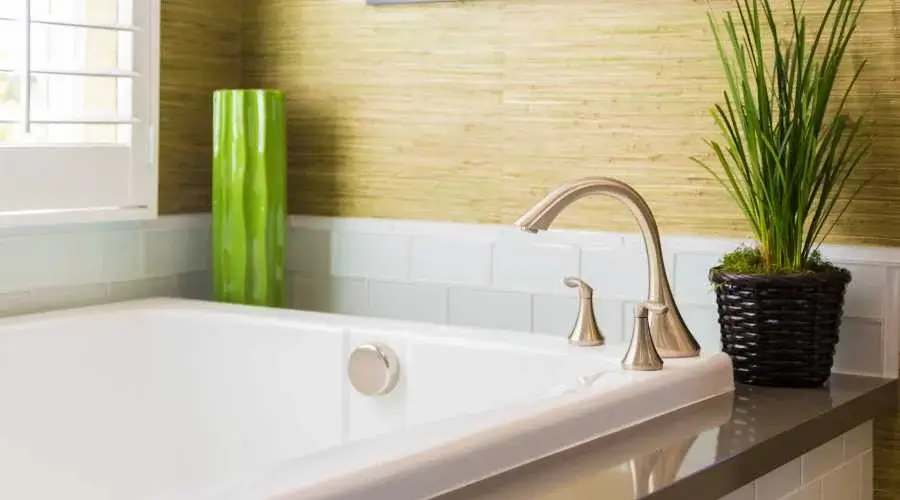Here is a thought that everyone pushes at the back of their minds: even if you are young and healthy now, there will come a time when you will no longer be at the peak of your physique. Aging is inevitable, but you can always prepare for it in advance.
One of the ways of doing so is to remodel your bathroom to make it more accessible. Whether it is for your future self or for the future of the parents you are anticipating to care for at your home, making small changes in your bathroom today such as the addition of grab rails or a raised disabled toilet seat will surely be a game-changer that doesn’t even cost a fortune. And in the future, you will thank yourself for it.
1. Grab Rails
The addition of grab rails near bathroom fittings is one of the most effective and affordable ways to make your bathroom accessible. A grab bar is a safety rail that is often screwed into a wall or the floor, which can safely uphold the weight of a person with impaired mobility to help them maneuver around the bathroom independently.
The most ideal spot to place grab rails is next to the bathtub. This will inevitably help you get in and out of the tub safely. Placing it adjacent to toilets will also immensely help lower and raise yourself from the seat.
Lastly, it is optimal to place it in the showers so that you will have something secure to hold onto while you shower. It is also a good idea to opt for textured or ribbed grab rails as these will give you better grip, especially in areas that are likely to get wet such as the shower.
You also do not have to worry about grab rails ruining the aesthetics of your bathroom design because these fixtures come in different colors and styles which can easily be adapted to the theme of your bathroom design.
It even comes in stylish designs, especially the wooden ones with reinforced metal core.
2. Toilets for the Disabled
It estimated that individuals use the toilet around six or seven times a day. After all, urinating and defecating are all natural aspects of life. However, this can be a problem for people with mobility difficulties.
And while fitting grab rails next to a toilet can make it easier to get up and down from the toilet seat, there are other disabled toilet options that offer amazing features that will allow you to answer nature’s call in comfort.
Toilets for the disabled have seats that are raised higher from the bowl, so that you would not need to sit so far down. It is a cost-effective alternative to the permanent choice of fitting a raised height toilet.
One top of that, twisting and turning to wipe yourself when using the toilet can also cause strain on your back. And if you are prone to back pain or have restricted mobility, bidet toilet seats offer great help as it uses a gentle jet of warm water to help you clean the areas that need cleaning.
The best part about it is that these accessible toilets are reasonably priced and can be easily installed as they are powered by the same water supply as the standard toilet.
3. Walk-in Baths
While soaking in bathtubs is indeed serenely relaxing, traditional bathtubs are not the best choice for disabled users. After all, it can be difficult to step over the sides when climbing in and out of the tub without the risk of slipping and falling over, even with the help of grab rails.
Although rubber mats are a bargain accessory that can really help to give your bathtub greater grip underfoot when getting in and out. However, if a mat is not enough to solve the slippery problem, you may opt for types of bathtub designed specifically for disabled users to make the bathroom more accessible. Walk-in baths are among the most popular.
Walk-in baths have a watertight door built into the tub which offers easy access and saves you having to step over the side. Moreover, these often come with seats so you can sit at a comfortable height while you wash yourself. Talk about the peak of convenience!
However, as brilliant as it seems, there are some disadvantages to it as well. Obviously, you cannot open the door of a walk-in bath while it contains water. This means that you can only fill the bath when you are already inside.
Hence, you will need to wait until it is fully drained before you can get out.
4. Walk-in Showers and Wet Rooms
As mentioned, bathtubs are not the best option for people with mobility and balance problems. Hence, it is not unusual to entirely do away with a bathtub if you would like to make the bathroom more accessible and comfortable.
Instead of a tub, many people opt for walk-in showers and wet rooms. These enclosures are a lot less expensive than a walk-in bath, and they also take up less room, which makes it the perfect choice for small bathrooms.
And most importantly, walk-in showers are much easier to get in and out of compared to a bathtub.
To ensure maximum safety though, only use appropriate floorings in the shower such as non-slip vinyl tiles and natural stone that offer more grip than regular porcelain tiles. Doing so reduces the chances of slipping by more than half.
5. Raised Sinks
Raised sinks can help make life easier for people with mobility and back pain issues. Just like how you can get a taller toilet or a disabled toilet seat to avoid back pain, having taller basins is an option that can help you avoid discomfort when bending over to brush your teeth or wash your face.
If you are feeling fancy, there are also adjustable sinks that can be raised or lowered to suit your needs. Lastly, you could also consider a curved sink if you use a wheelchair as it allows you to remain seated while using the sink.
6. Disabled Toilet Alarm
So far, the bathroom fixtures mentioned were designed to help prevent injuring yourself in the bathroom. But it is also important to be prepared if you do get into an accident. This is where the disabled toilet alarm comes in handy.
This tool is an easy-to-reach pull-cord alarm that will immediately contact the emergency services if you do happen to fall or injure yourself in your bathroom. They can be fitted to any room in any home and they offer peace of mind that help is only an arm’s reach away if you need it.
Also read this article Your Complete Guide on How To Remove Limescale From A Toilet




